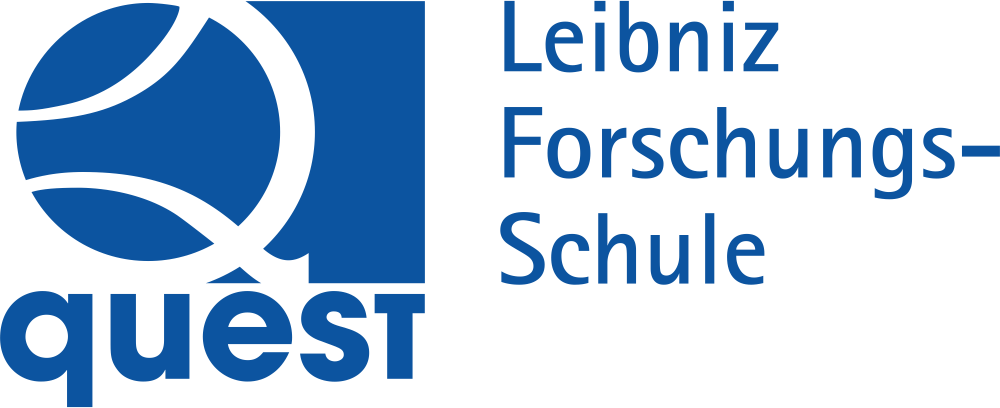Proton transport from the antimatter factory of CERN
- verfasst von
- M. Leonhardt, D. Schweitzer, F. Abbass, K. K. Anjum, B. Arndt, S. Erlewein, S. Endoh, P. Geissler, T. Imamura, J. I. Jäger, B. M. Latacz, P. Micke, F. Voelksen, H. Yildiz, K. Blaum, J. A. Devlin, Y. Matsuda, C. Ospelkaus, W. Quint, A. Soter, J. Walz, Y. Yamazaki, S. Ulmer, C. Smorra
- Abstract
Precision measurements using low-energy antiprotons, exclusively available at the antimatter factory (AMF) of CERN1, offer stringent tests of charge–parity–time (CPT) invariance, which is a fundamental symmetry in the Standard Model of particle physics2. These tests have been realized, for example, in antiprotonic helium3 and antihydrogen4. In our cryogenic Penning-trap experiments5, we measure the magnetic moments6,7 and charge-to-mass ratios of protons and antiprotons and now provide the most precise test of CPT invariance in the baryon sector8. Our experiments are limited by magnetic field fluctuations imposed by the decelerators in the AMF; therefore, we are advancing the relocation of antiprotons to dedicated precision laboratories. Here we present the successful transport of a trapped proton cloud from the AMF using BASE-STEP9—a transportable, superconducting, autonomous and open Penning-trap system that can distribute antiprotons into other experiments. We transferred the trapped protons from our experimental area at the AMF onto a truck and transported them across the Meyrin site of CERN, demonstrating autonomous operation without external power for 4 h and loss-free proton relocation. We thereby confirm the feasibility of transferring particles into low-noise laboratories in the vicinity of the AMF and of using a power generator on the truck10 to reach laboratories throughout Europe. This marks the potential start of a new era in precision antimatter research, enabling low-noise measurements of antiprotons, the charged antimatter ions H¯+11 and H¯2− (ref. 12), and other accelerator-produced ions, such as hydrogen-like lead or uranium ions13,14.
- Organisationseinheit(en)
-
Institut für Quantenoptik
- Externe Organisation(en)
-
Universitätsklinikum Düsseldorf
Ulmer Fundamental Symmetries Laboratory
Johannes Gutenberg-Universität Mainz
GSI Helmholtzzentrum für Schwerionenforschung GmbH
Max-Planck-Institut für Kernphysik
CERN - Europäische Organisation für Kernforschung
University of Tokyo (UTokyo)
Physikalisch-Technische Bundesanstalt (PTB)
Friedrich-Schiller-Universität Jena
Imperial College London
ETH Zürich
Helmholtz-Institut Mainz
- Typ
- Artikel
- Journal
- NATURE
- Band
- 641
- Seiten
- 871-875
- Anzahl der Seiten
- 5
- ISSN
- 0028-0836
- Publikationsdatum
- 22.05.2025
- Publikationsstatus
- Veröffentlicht
- Peer-reviewed
- Ja
- ASJC Scopus Sachgebiete
- Allgemein
- Elektronische Version(en)
-
https://doi.org/10.1038/s41586-025-08926-y (Zugang:
Unbekannt)


